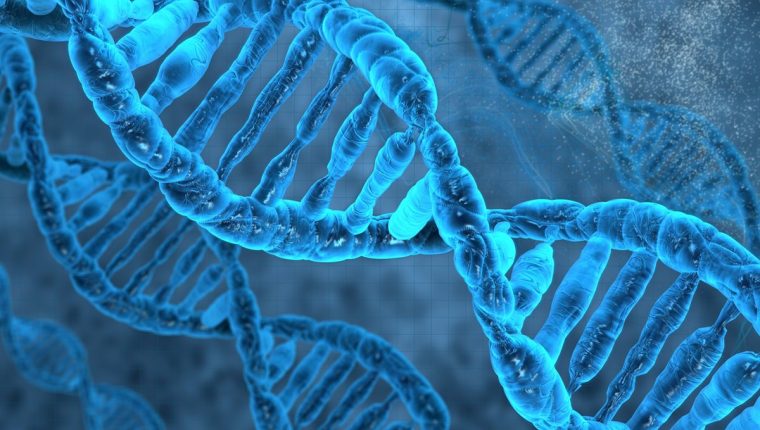Cerebral palsy affects approximately two in every thousand children in Europe and is the most common physical disability in childhood. It produces a wide range of physical symptoms, including difficulty walking and coordinating movements.
Cerebral palsy describes a group of physical and mental disabilities caused by damage to a child’s developing brain during pregnancy or shortly after pregnancy. In many cases the exact cause of brain damage is unknown.
Patients with cerebral palsy often have difficulty speaking, moving, eating, and controlling eye movement; some also have learning difficulties.
The general term “cerebral palsy” is used to name the harmful effects suffered by the developing brain, for various reasons. The term is associated with a wide range of symptoms, including muscle weakness and motor problems. Damage to the brain usually occurs very early in development, either in the fetus during pregnancy or in the newborn baby. Symptoms include: difficulty walking, eating, swallowing and talking; problems of balance and motor control and difficulty controlling eye movements. Some people affected may also have some level of intellectual disability.
Currently, in Europe there is no treatment with stem cells approved to treat cerebral palsy.
Fortunately, in Mexico, there is stem cell therapy where first level medical care is received for people with autism and cerebral palsy with an innovative method recognized internationally as an outpatient at the University Hospital of Monterrey, where the success rate is 80%
The stem cell therapy protocol consists of intrathecal and intravenous injection of total nucleated cells derived from the autologous bone marrow stimulated by injection after stimulation colony-stimulating factor.


